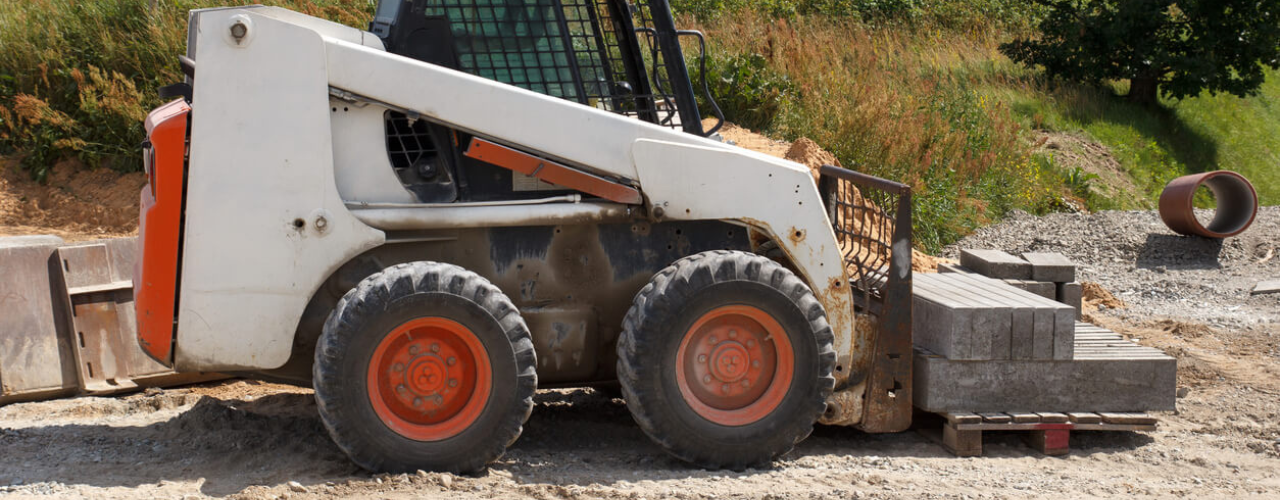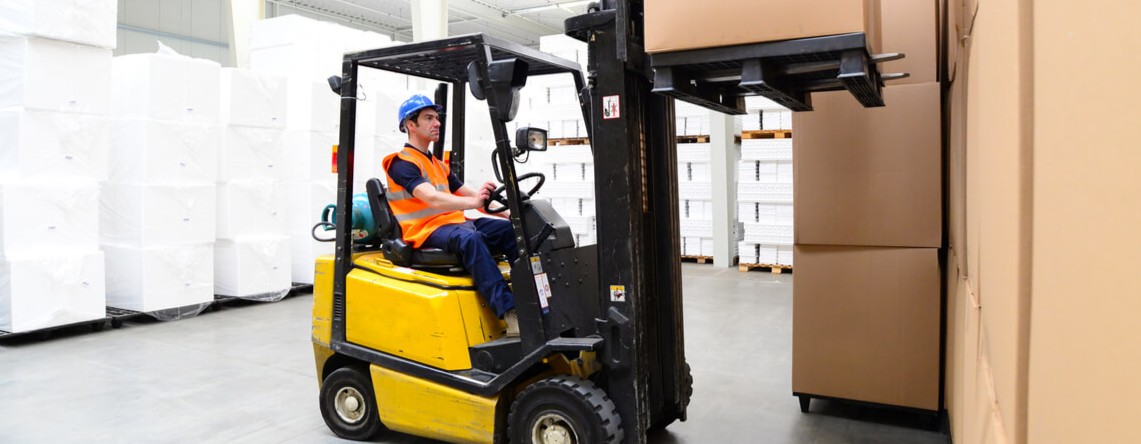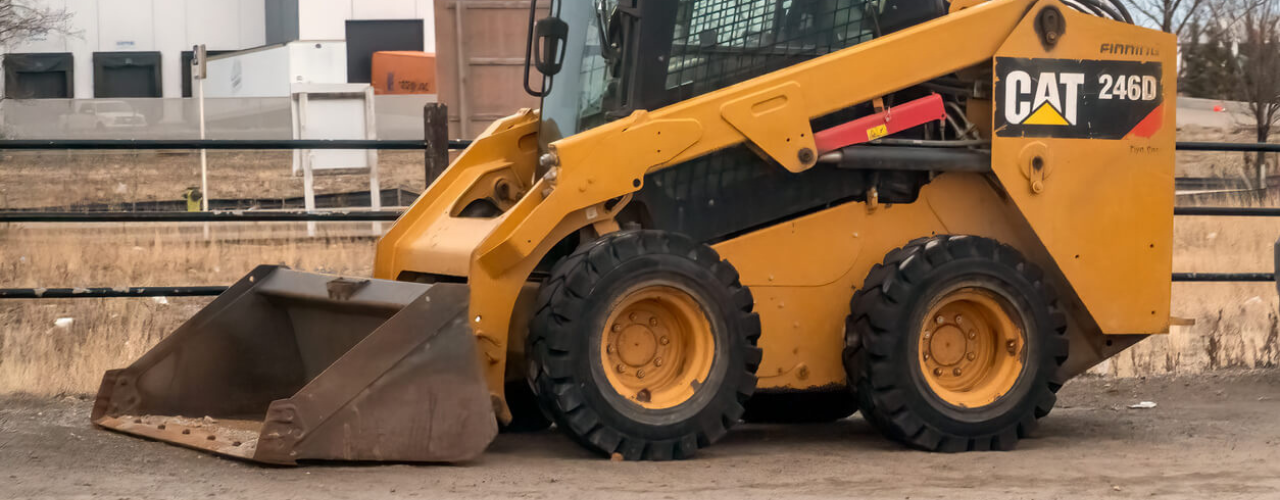
Blog
The Different Types of Counterbalance Forklifts: A Buyer’s Guide

Warehouses and logistics operations alongside construction sites heavily rely on counterbalance forklifts as fundamental equipment. The forklift design includes a rear weight system to balance front loads that helps operators lift and move goods with improved efficiency. Selecting the appropriate forklift model demands careful consideration beyond just selecting the first available option.
Businesses frequently misjudge their equipment needs which results in extra expenses or operational inefficiencies and safety problems. This guide responds to typical buyer questions to guide you toward the best choice when buying a forklift for the first time or for fleet expansion.
What Are the Different Types of Counterbalance Forklifts?
Counterbalance forklifts come in several configurations, each designed for different work environments and applications.
Three-Wheel Counterbalance Forklift
This forklift is ideal for warehouses with tight spaces and narrow aisles. The single rear wheel allows for a smaller turning radius, making it easier to manoeuvre in confined areas.
Best for: Warehouses, retail storage, and logistics centres.
Power source: Typically electric.
Four-Wheel Counterbalance Forklift
A four-wheel forklift offers better stability and load distribution, making it suitable for carrying heavier loads over longer distances. It is commonly used in manufacturing plants and larger warehouses where space is less restricted.
Best for: Indoor and outdoor lifting, heavy-duty applications.
Power source: Available in electric, diesel, and LPG models.
Electric Counterbalance Forklift
Electric forklifts are a popular choice for businesses that operate indoors. They produce no emissions and are quieter than fuel-powered models. However, they require charging time, so businesses need to plan for battery management.
Best for: Warehouses, food storage, and indoor environments.
Limitations: Charging downtime and limited suitability for outdoor or uneven surfaces.
Diesel Counterbalance Forklift
Diesel forklifts are designed for heavy lifting and outdoor use. They provide more power than electric models, making them well-suited for rough terrain and construction sites. However, they require more maintenance and produce emissions.
Best for: Construction sites, industrial yards, and logistics operations.
Limitations: Not ideal for indoor use due to noise and emissions.
LPG Counterbalance Forklift
LPG (Liquefied Petroleum Gas) forklifts are a flexible choice, as they can be used both indoors and outdoors. They offer the quick refuelling benefits of diesel models while producing fewer emissions.
Best for: Mixed-use settings where the forklift needs to operate in both indoor and outdoor environments.
Limitations: Higher fuel costs compared to electric models.
How Do I Choose the Right Forklift for My Business?
Choosing a forklift isn’t just about picking a model—it requires an understanding of your specific operational needs. Many businesses make the mistake of buying a forklift based on price alone, without considering long-term costs, maintenance, or functionality.
What Load Capacity Do I Need?
One of the biggest mistakes businesses make is buying a forklift that doesn’t match their lifting needs. A forklift that is too weak will strain under heavy loads, while an overpowered one will be more expensive to operate than necessary.
Standard counterbalance forklifts handle between 1,500 kg and 10,000 kg. If your business lifts mixed load sizes, it’s better to choose a model with a slightly higher capacity than your average load to allow for flexibility.
What Lift Height Should I Choose?
Not all forklifts can reach high storage areas. If your facility has low-level shelving, a forklift with a 3-5 metre lift height may be enough. However, for operations that involve stacking pallets in high racking, a forklift with a 6-10 metre mast will be required.
Do I Need an Indoor or Outdoor Forklift?
Electric models are best for indoor environments because they produce no emissions and have lower noise levels. Diesel forklifts, on the other hand, are suited for outdoor work where power and endurance are required. LPG models provide a balance, working efficiently in both settings.
How Often Will I Be Using the Forklift?
If your counterbalance forklift is used daily for long hours, a diesel or LPG model may be the better option due to quick refuelling. Electric forklifts require battery charging, which can create downtime if spare batteries are not available. For businesses with light or occasional use, electric models are often the most cost-effective in the long run.
Should I Buy a New or Used Forklift?
This decision depends on your budget, usage frequency, and maintenance capacity.
A new forklift comes with the latest technology, better energy efficiency, and a manufacturer’s warranty, making it a great investment for long-term daily use. However, the higher upfront cost can be a barrier for some businesses.
A used forklift is a more affordable option, especially for businesses that don’t require heavy daily usage. While they may require more frequent maintenance, a well-maintained second-hand forklift can still provide years of reliable service.
At Glosrose, we offer both new and high-quality used forklifts to match different budgets and needs.
What Are Common Mistakes to Avoid?
Many businesses overlook important details when buying a forklift. Here are some common pitfalls and how to avoid them.
- Ignoring load requirements – Choosing a forklift without checking weight capacity can lead to equipment failures and safety risks.
- Not considering space constraints – A four-wheel forklift may not fit in tight spaces. In narrow aisles, a three-wheel model is a better choice.
- Choosing the wrong fuel type – Diesel forklifts work well outdoors but produce emissions. Electric forklifts work indoors but need battery charging downtime.
- Overlooking servicing and maintenance costs – Buying a cheaper model with high maintenance costs can cost more in the long run.
At Glosrose, we help businesses find the right forklift for their needs, ensuring they avoid these common mistakes.
Where Can I Buy a Counterbalance Forklift?
At Glosrose, we provide a comprehensive range of counterbalance forklifts, including:
- New and used forklifts tailored to business needs
- Flexible hire options for short-term projects
- Maintenance and servicing packages to keep your fleet running efficiently
We work with businesses across warehousing, logistics, and construction, helping them find the right equipment for their operations.
For expert advice and a forklift that fits your needs, contact us today at 01622 880669.
You May Also Like


Can the skid-steer loader take on more of the work traditionally done by compact excavators?

How UK Compliance and New Tech are Reshaping Counterbalance Forklift Training and Safety
Get in Touch
Not sure what you are looking for or need some advice for your requirements? Get in touch with us today and a member of our experienced team will be more than happy to help answer your questions.
